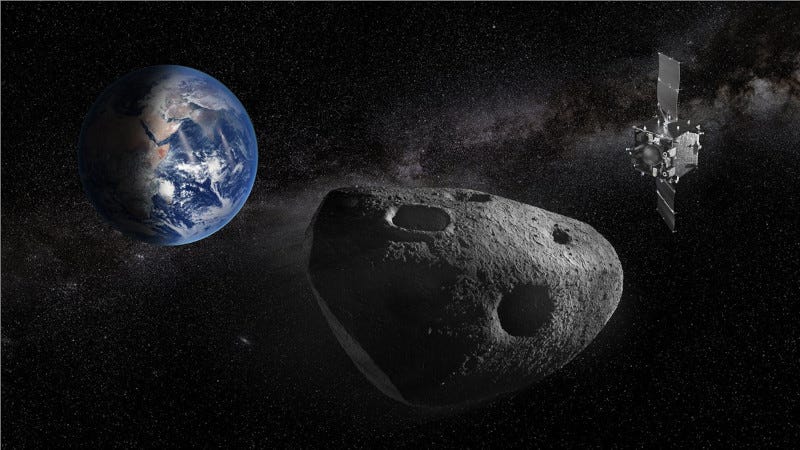First CubeSat Joins ESA's Ramses Mission to Asteroid Apophis
Small Satellites Will Maximize the Scientific Return of a Rare Natural Phenomenon
The European Space Agency (ESA) has selected the first of two CubeSats to fly onboard its proposed Rapid Apophis Mission for Space Safety (Ramses). If approved, Ramses will rendezvous with the asteroid Apophis before it passes exceptionally close to Earth on 13 April 2029.
"(T)his CubeSat will bring onboard the Ramses mission trusted European industrial …
Keep reading with a 7-day free trial
Subscribe to The Journal of Space Commerce to keep reading this post and get 7 days of free access to the full post archives.



